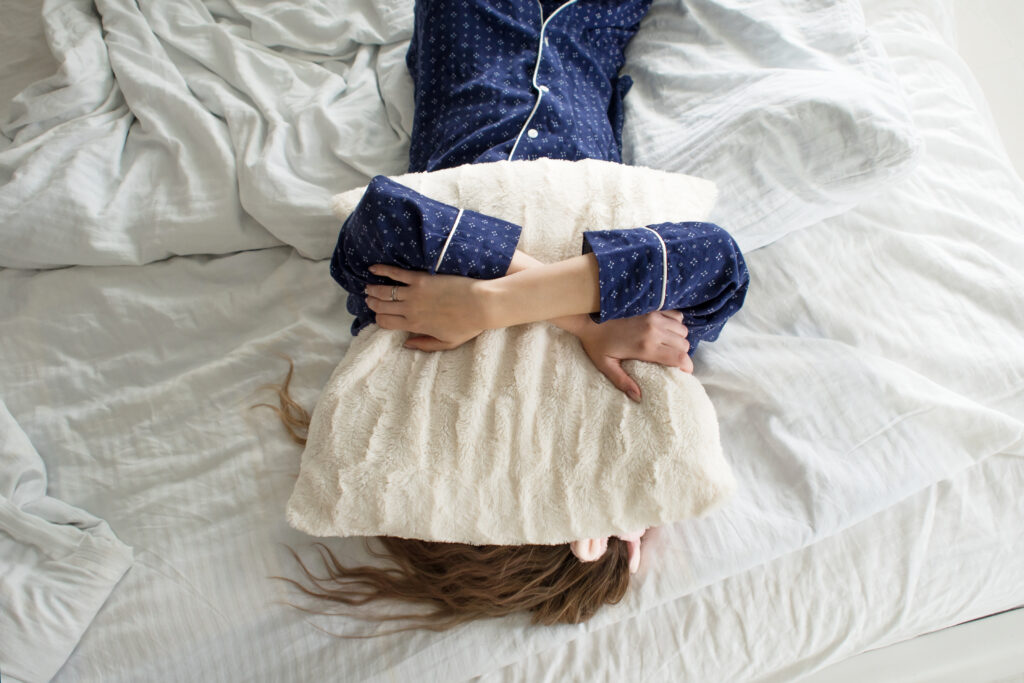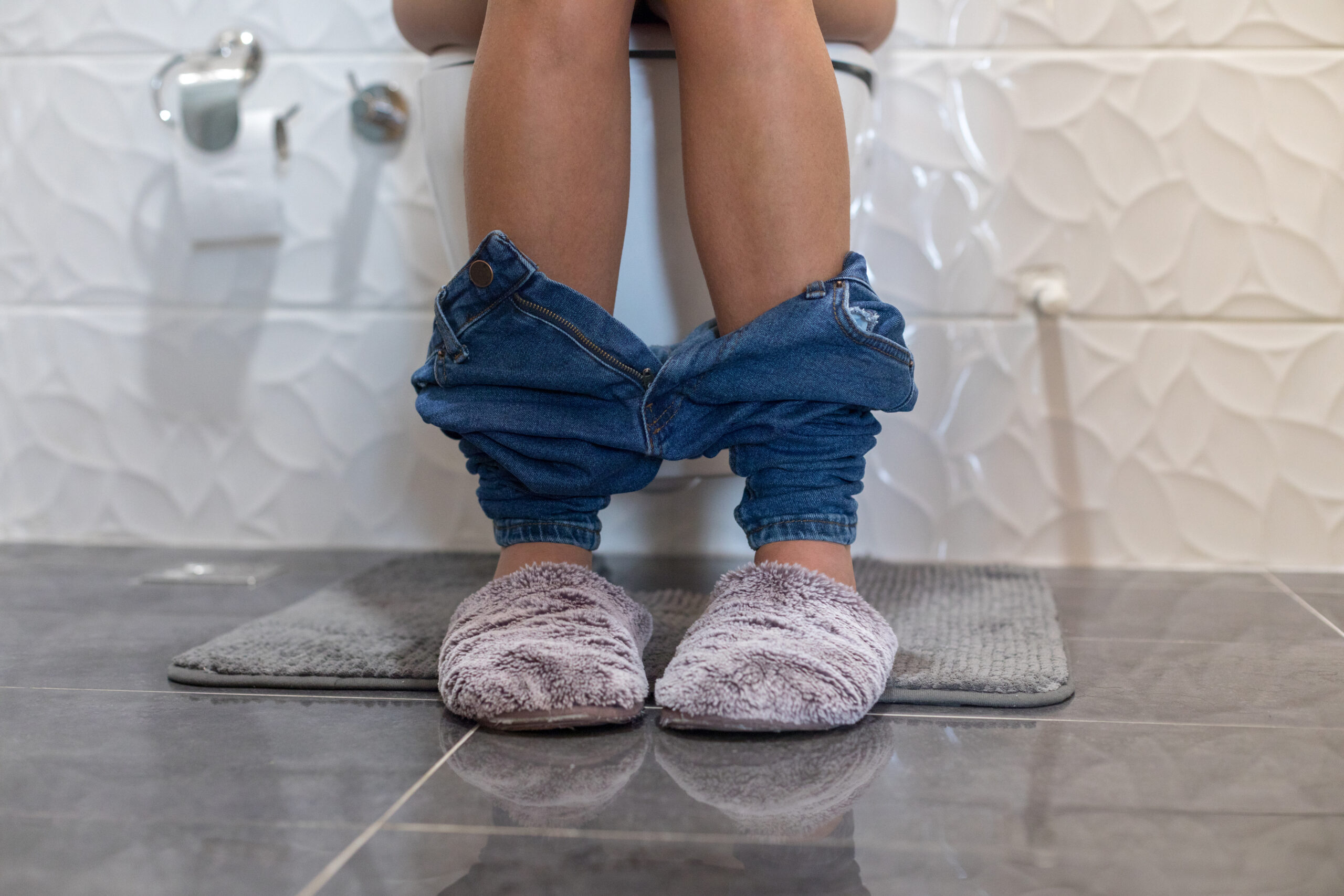You might know the symptoms well – the constant need to pee and then the painful burning sensation as you relieve yourself. Yep, you most likely have a Urinary Tract Infection, or commonly known as a UTI. But you are not alone, UTIs are very common, in fact, one in five women develops a UTI during her lifetime.
To better understand why you might be plagued by UTIs, we spoke to Adine Regan, MD, a urologist specializing in female urology from Women’s Health Specialty Care. Women’s Health Specialty Care is part of Women’s Health Connecticut and focuses on preventative, diagnostic, and acute urologic care for women.
1. What is a UTI?
A Urinary Tract Infection is composed of four parts — the kidneys, the ureters (tubes connecting the kidneys to the bladder), the bladder, and the urethra (the tube through which the bladder empties). A UTI is an infection that occurs in one of these four parts. The most common type of UTI is a bladder infection.
A bladder infection left untreated can spread up to the kidney or into the bloodstream. During pregnancy, a urinary tract infection can lead to premature delivery if left untreated.
2. What are the causes of UTIs?
UTIs occur when bacteria enter through the urinary tract usually through the urethra. They are most common after intercourse, or as women get older and their vaginal tissues get thinner and atrophic. In most cases, bacteria first enter through the urethra and move into the bladder, causing a bladder infection (cystitis). If the infection is not treated, bacteria may then go up the ureters to infect the kidneys (pyelonephritis).
3. What are the symptoms of a UTI?
The symptoms of a UTI usually include:
- a frequent urge to urinate
- a painful, burning sensation while passing urine
- a general sick feeling – tired, shaky, or washed-out
- a feeling of discomfort in the pelvic region
- an uncomfortable pressure above the pubic bone (suprapubic area)
- a strong urge to urinate, but passing only a small amount of urine
- the urine may look milky or cloudy, or reddish if blood is present
- a fever may be present, usually, this means the infection has moved up into the kidneys.
The symptoms in older women are different, as they don’t always get the classic symptoms of a UTI. Older women may simply develop confusion or cognitive changes with no other symptoms.
4. Why do some women have chronic UTIs?
In women, the rate of UTIs may increase with age. Nearly 20% of women who have a UTI will have another. An additional third of these women will go on to have multiple recurrences. Any disorder that weakens the immune system (for example – diabetes, rheumatoid arthritis, lupus, cancer, etc.) raises the risk of a urinary infection. People with diabetes also have a higher risk of a UTI because they may be spilling sugar in their urine.
Certain medications can also increase susceptibility for UTIs so try to be aware if UTIs started after a certain medication was started. Sexual intercourse also can increase the chances of a woman developing a UTI. Women may get UTIs with a new partner even if they didn’t have them previously. It can be related to the anatomy of the man or sexual position during intercourse.
5. Why are older women at higher risk for UTIs?
Older post-menopausal women are at higher risk for UTIs because they have no vaginal estrogen. Estrogen is very acidic, and bacteria have difficulty growing in an acidic environment. Without estrogen these women can develop an influx of bacterial growth in their vaginas, allowing for the bacteria to travel up the urethra. Without estrogen, the vaginal tissues become thinner or “atrophic” and can’t keep the bacteria out of the vagina or urethra as well. Older individuals may also have more urine leftover in their bladders allowing the bacteria to grow, as they are unable to empty all the way if their bladders are a little stretched out or if the muscle is weaker.
6. How do you prevent a UTI?
There are steps that you can take to help prevent UTIs.
- Increasing fluids helps prevent UTIs by flushing out any bacteria
- Taking cranberry pills can stop the growth of some bacteria by adding acid to the urine.
- Urinate when you feel the need; don’t resist the urge to urinate.
- Wipe from front to back to prevent bacteria in the anal area from entering the vagina or urethra.
- Void after sexual activity.
- Avoid using feminine hygiene sprays, scented douches, perfumed bath products, or scented toilet tissue or sanitary products. All of these products may irritate the urethra or the sensitive skin around it or change the vaginal pH.
- In post-menopausal women, vaginal estrogen also helps decrease UTIs.
7. What are the treatments for a UTI?
The American Urological Association (AUA) recommends trying to flush out a UTI. When symptoms occur, the AUA suggests increasing fluids and using ibuprofen or pyridium for the discomfort. If symptoms do not go away after 24 hours, reach out to your Women’s Health Connecticut provider so that antibiotics can be prescribed.
If you think you have a UTI or have questions about preventing UTIs, please reach out to your Women’s Health Connecticut Provider.




